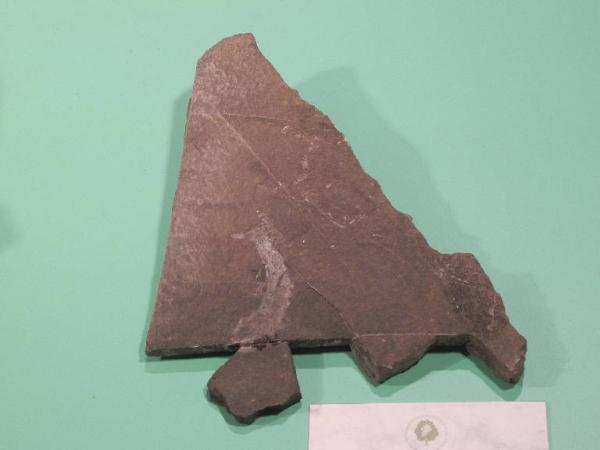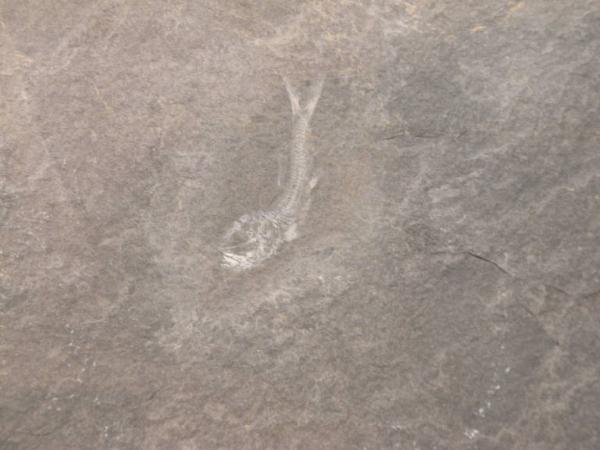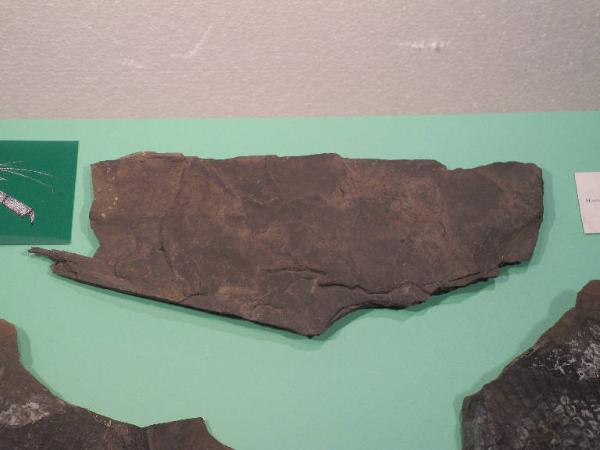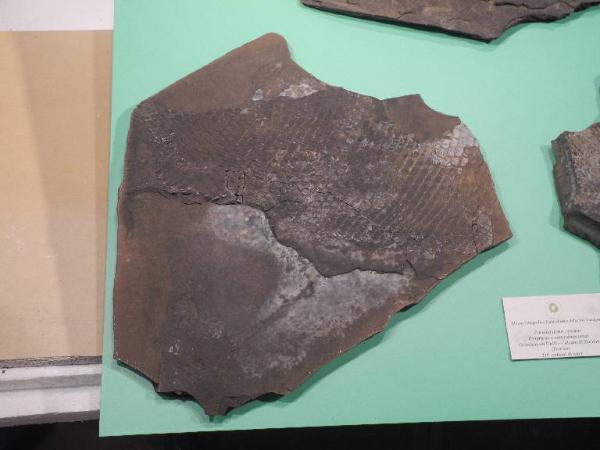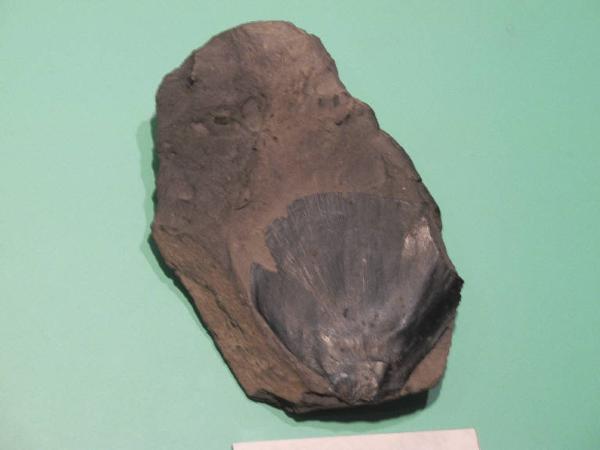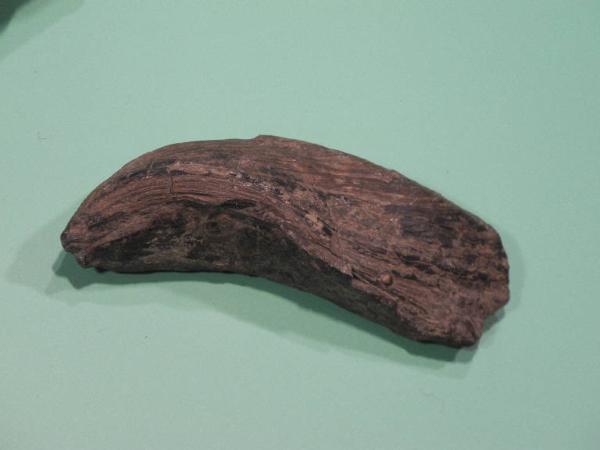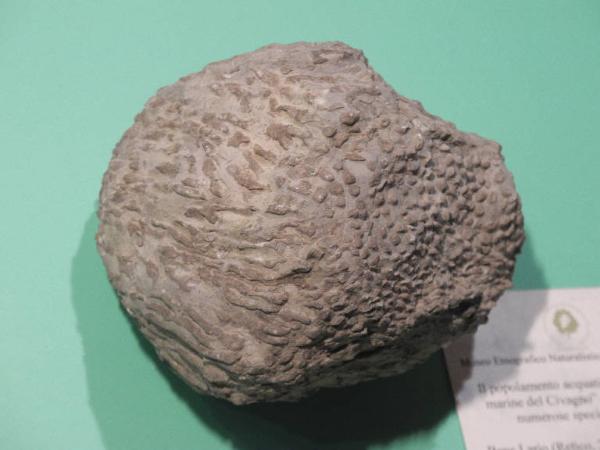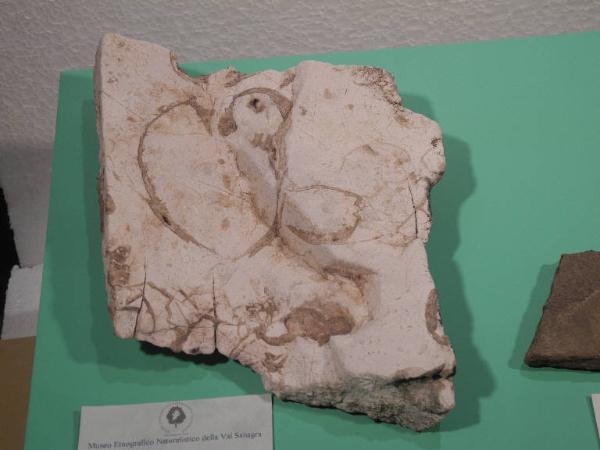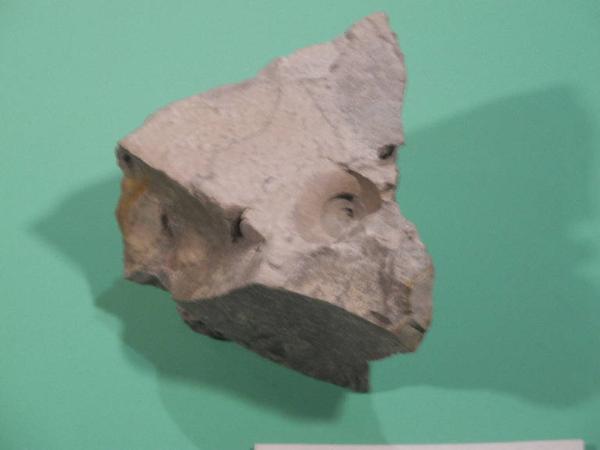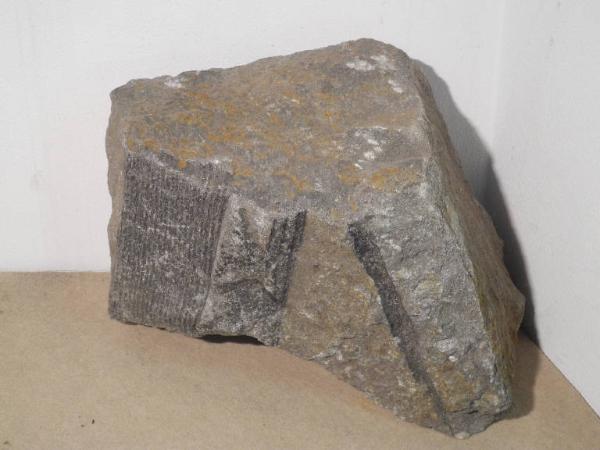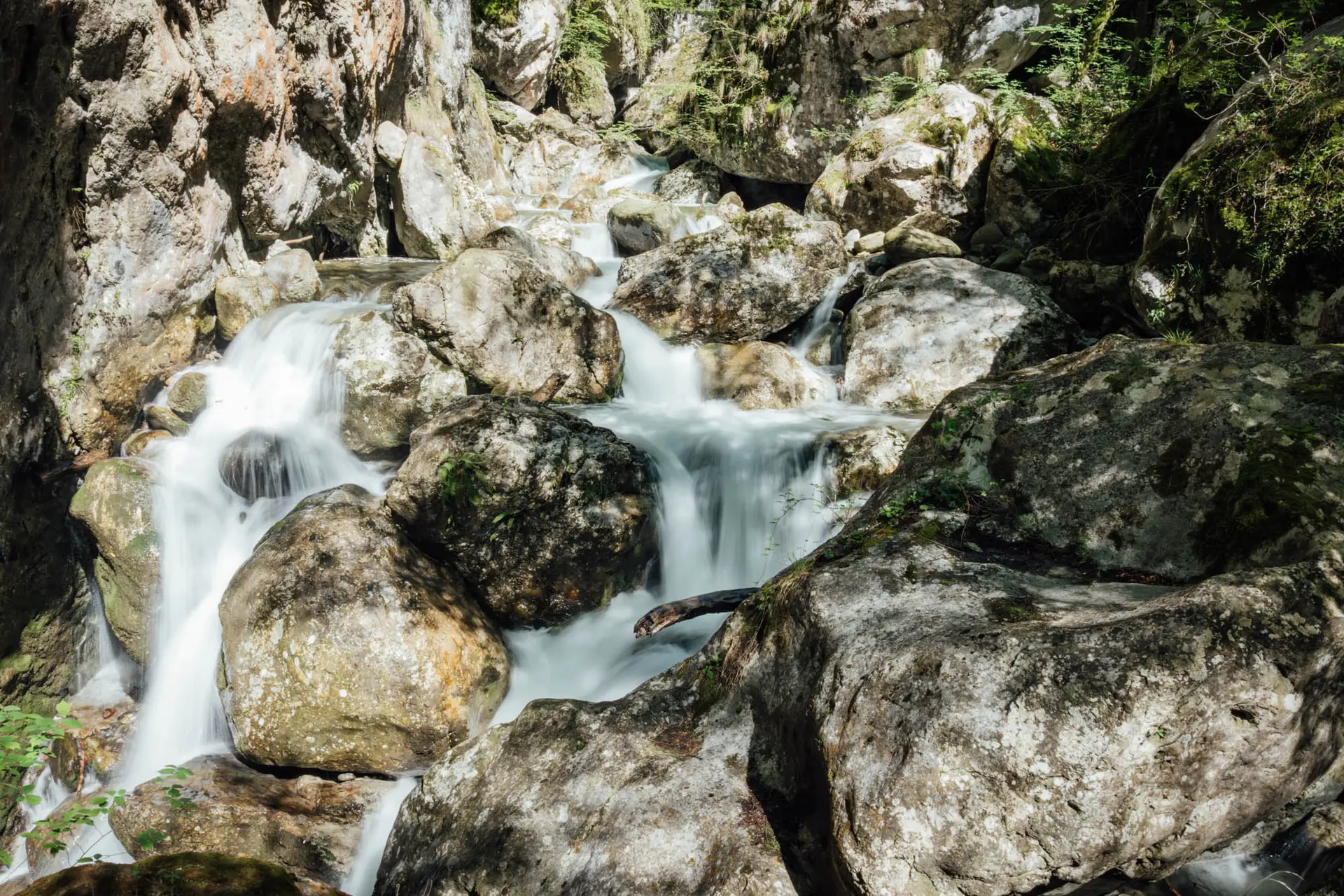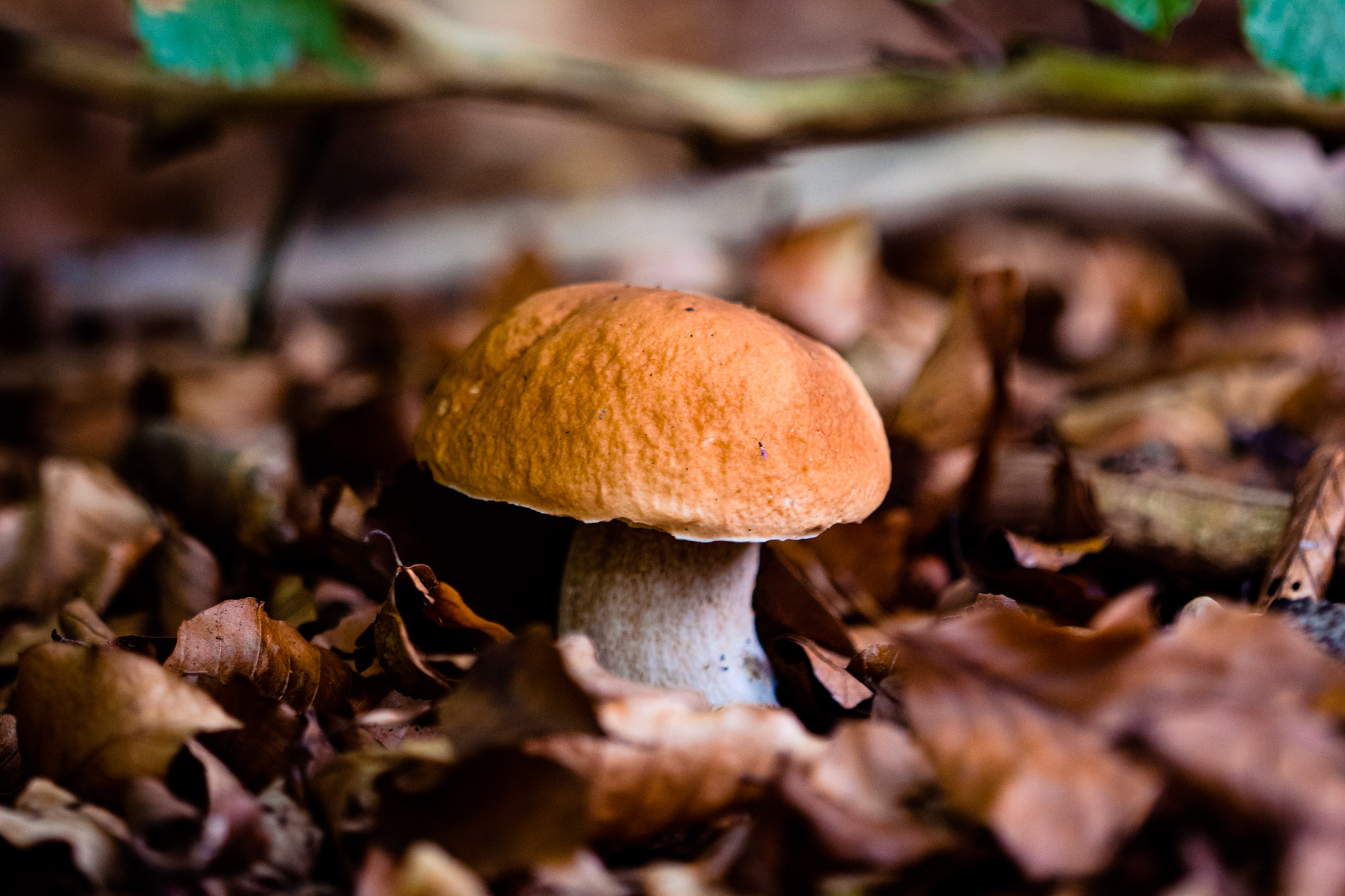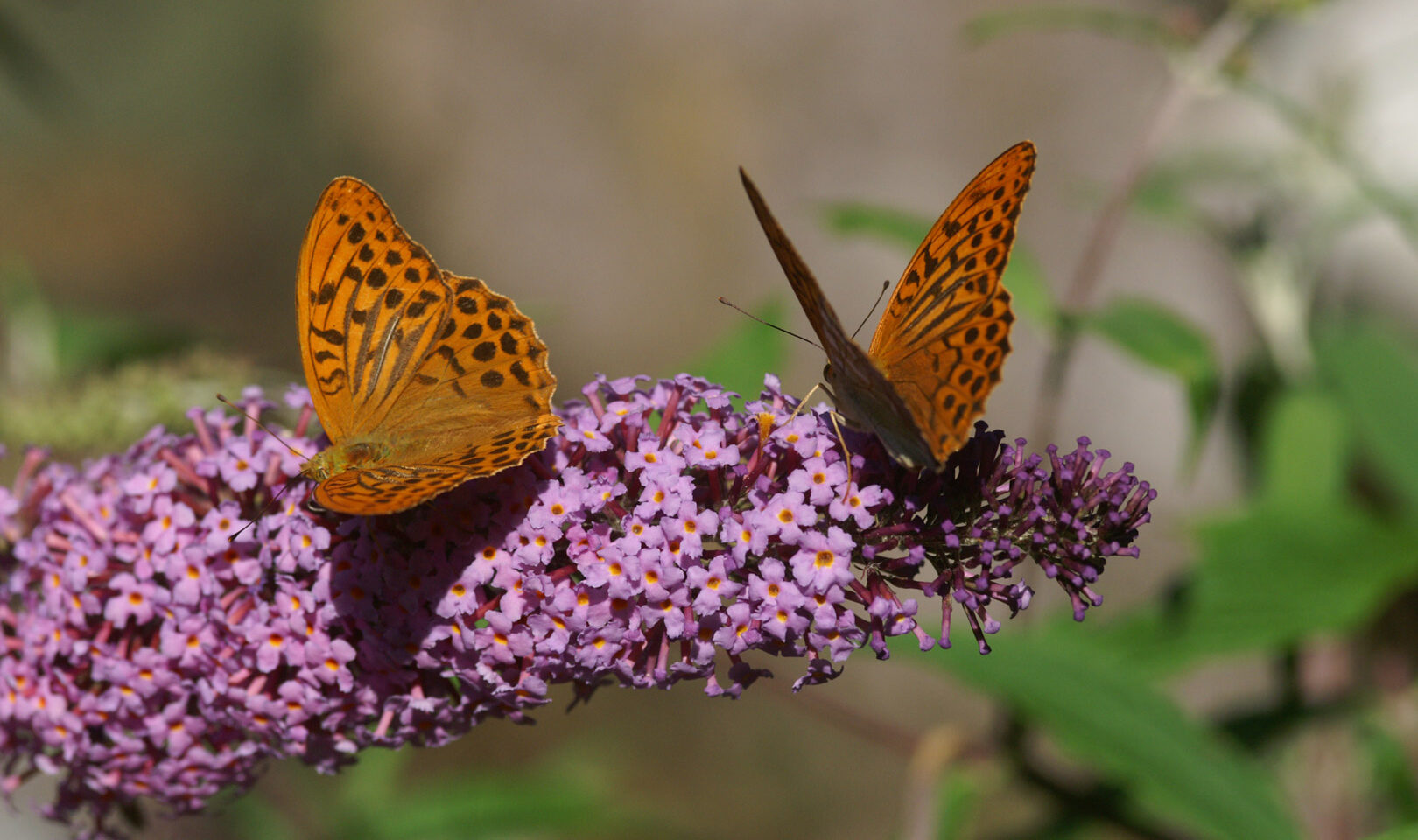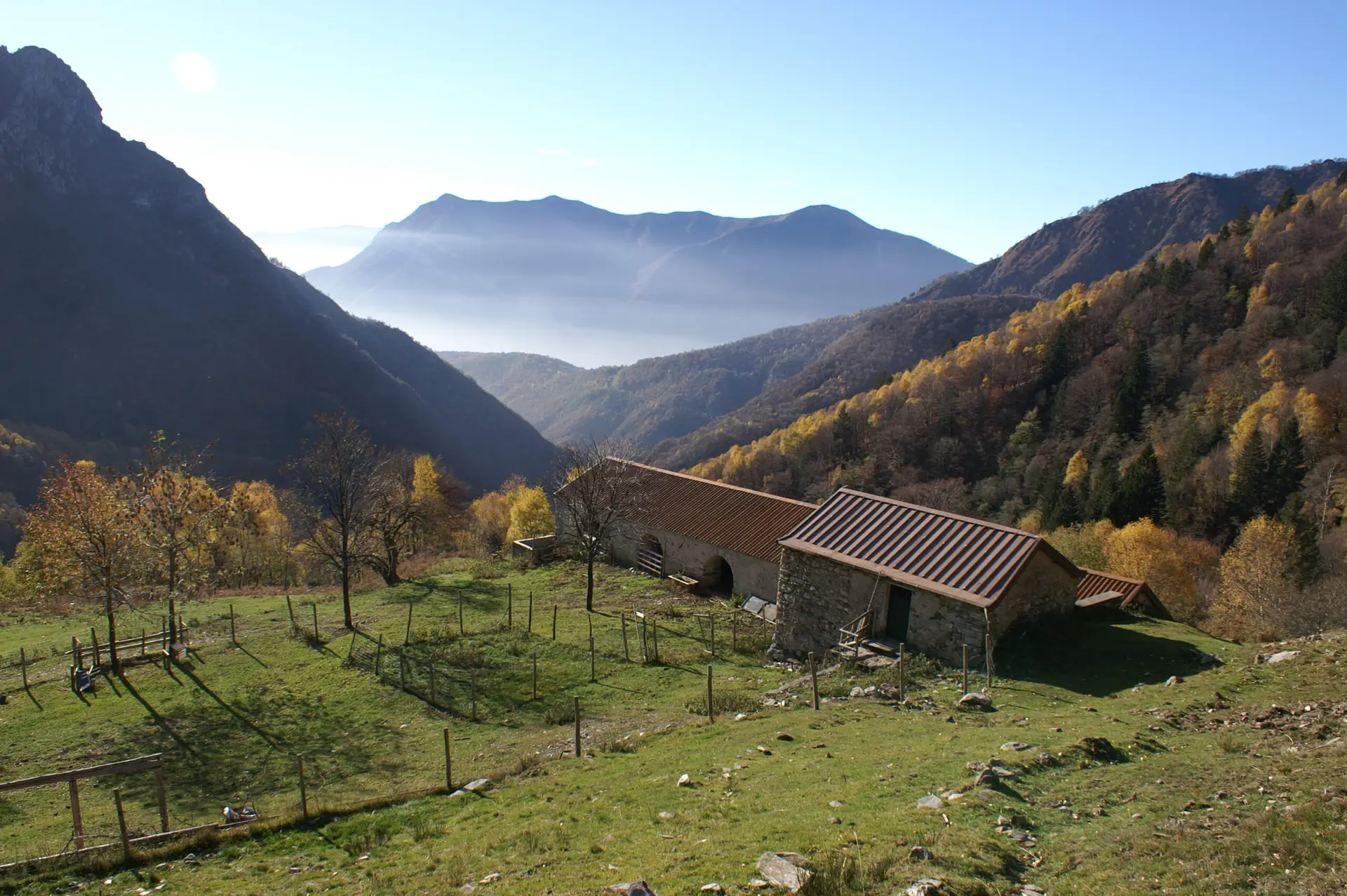Fossils of the Park
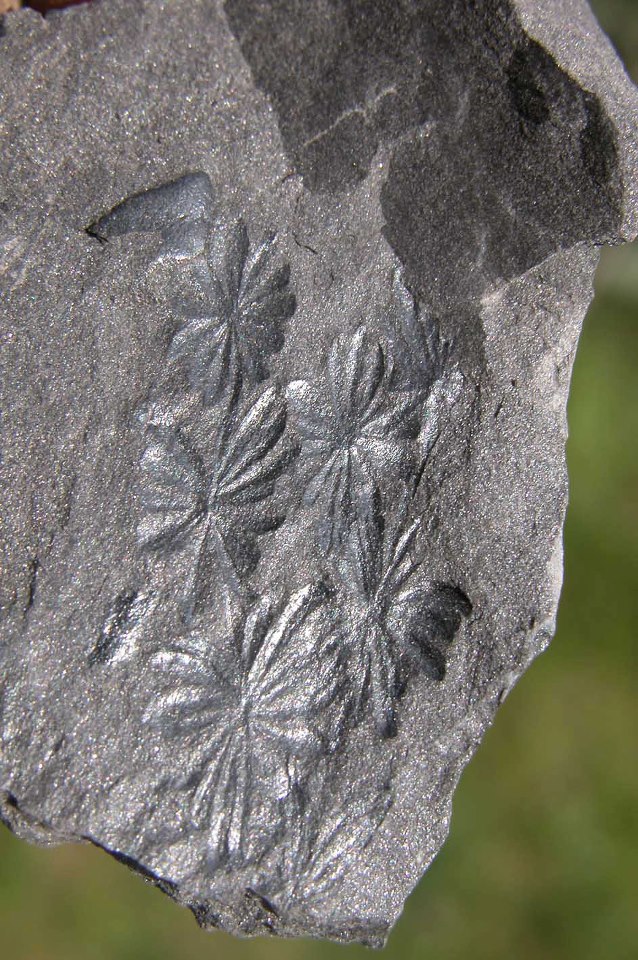
Carboniferous fossils in the Sanagra Valley: a 300-million-year-old archive
In the Sanagra Valley, and particularly in the Gariasca Valley - small tributary that descends from Alpe Logone and flows into Sanagra Stream - outcrops one of the most significant fossiliferous deposits in the Middle Carboniferous (about 300 million years ago).
The area, accessible only to insiders, is located near the Grona Line, between the formations of the Crystalline Base and of the Dolomite Main.
The rocks in this area, known as the Manno Conglomerates, have a small extent but exceptional paleontological value. They have the characteristic blackish color typical of carbonaceous formations and enclose fossil plant remains documenting a time when flowering plants had not yet appeared, but were beginning to establish the early seeded plant forms.
The discovery dates back to the years 1915-1918, during the construction of the military road between Val Sanagra and Val Cavargna. In 1928, entrepreneur Cavalier Bianchi commissioned a geological study to assess the possible exploitation of the deposit.
During the autarkic regime (1942), work began on the extraction of theanthracite from four mines dug near the outcrops. However, the activity proved to be economically unsustainable.
It was during this work that the mining surveyor Luigi Maglia identified the paleontological value of the site, initiating with Sergio Venzo (then director of the Museum of Natural History in Milan) research that led to the publication, in 1947, of a study of approx. 2000 fossil specimens. Since that time, the Sanagra Valley has become. A landmark for Italian paleontology Carboniferous.
Fossil Heritage
Amazing fossil flora
An exceptional paleobotanical deposit tells the story of an ancient carboniferous forest, preserving intact the remains of plants that populated the Earth more than 300 million years ago.
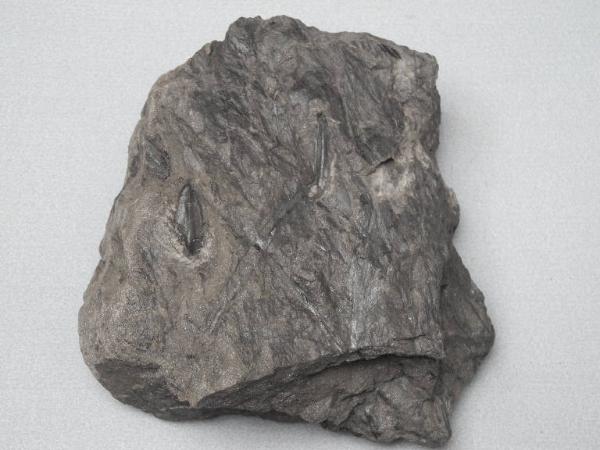
The deposit holds numerous remains of ancient plants, including:
- Pteridophytes: ferns, horsetails and lycopods;
- Protospermatophytes: early seeded plants, similar in appearance to modern ferns;
- Sigillarias, Calamites and Lepidodendrons: now extinct plants that could reach impressive heights in the Carboniferous;
- Neuropteris, Pecopteris and Aulacopteris: leaves and fronds of pteridospermal plants;
- Cordaites: giant plants (over 40 m) considered progenitors of modern gymnosperms such as pines and firs.
I fossil seeds of Cordaites, known as Trigonocarpus bernardii, represent one of the most significant discoveries: they testify to the transition from a plant world dominated by spore plants to one in which the seed plants, which would become major players in the millions of years to follow.
The condition of preservation is exceptional: some plant imprints are presented black and shiny, contrasting with the light color of the sandstones that enclose them. Alongside logs, there are also roots, rhizomes and leaves, returning a detailed picture of the coal ecosystem.
Fossil Heritage
A Unique Geological Context
The rock enclosing the fossils has an ancient and significant origin. It derives from Hercynian clasts, remnants of prealpine mountain ranges.
Erosion and sedimentation formed its present fossiliferous rocks.
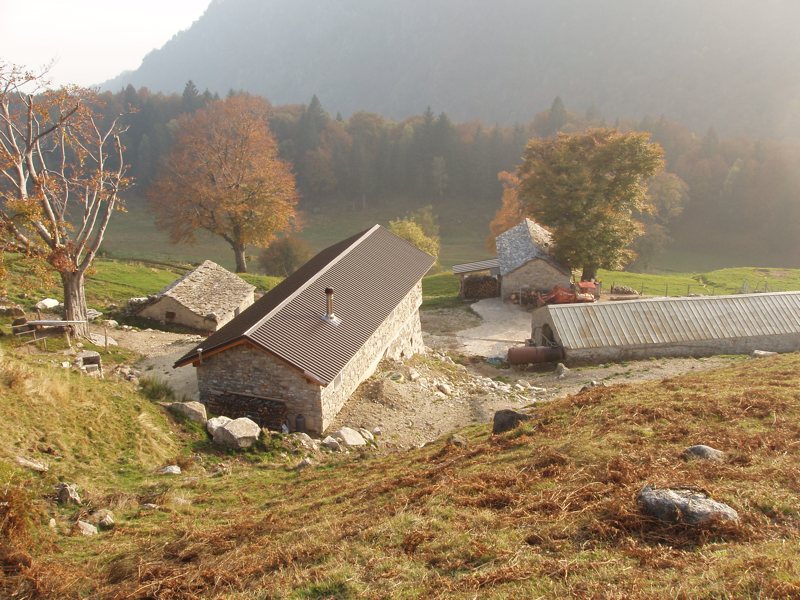
The rock matrix enclosing the fossils is also of great interest.
I rocky clasts and green gneisses in the vicinity of the deposit result from the breakup of very ancient Hercynian mountain ranges, predating the Alps.
The erosion of those valleys provided the material that, accumulated and sedimented, gave rise to the fossiliferous rocks of theAlpe Logone.
Fossil Heritage
From the past to the present: site enhancement
The fossiliferous heritage has been enhanced through the work of Attilio Selva and the activities of the Sanagra Valley Museum.
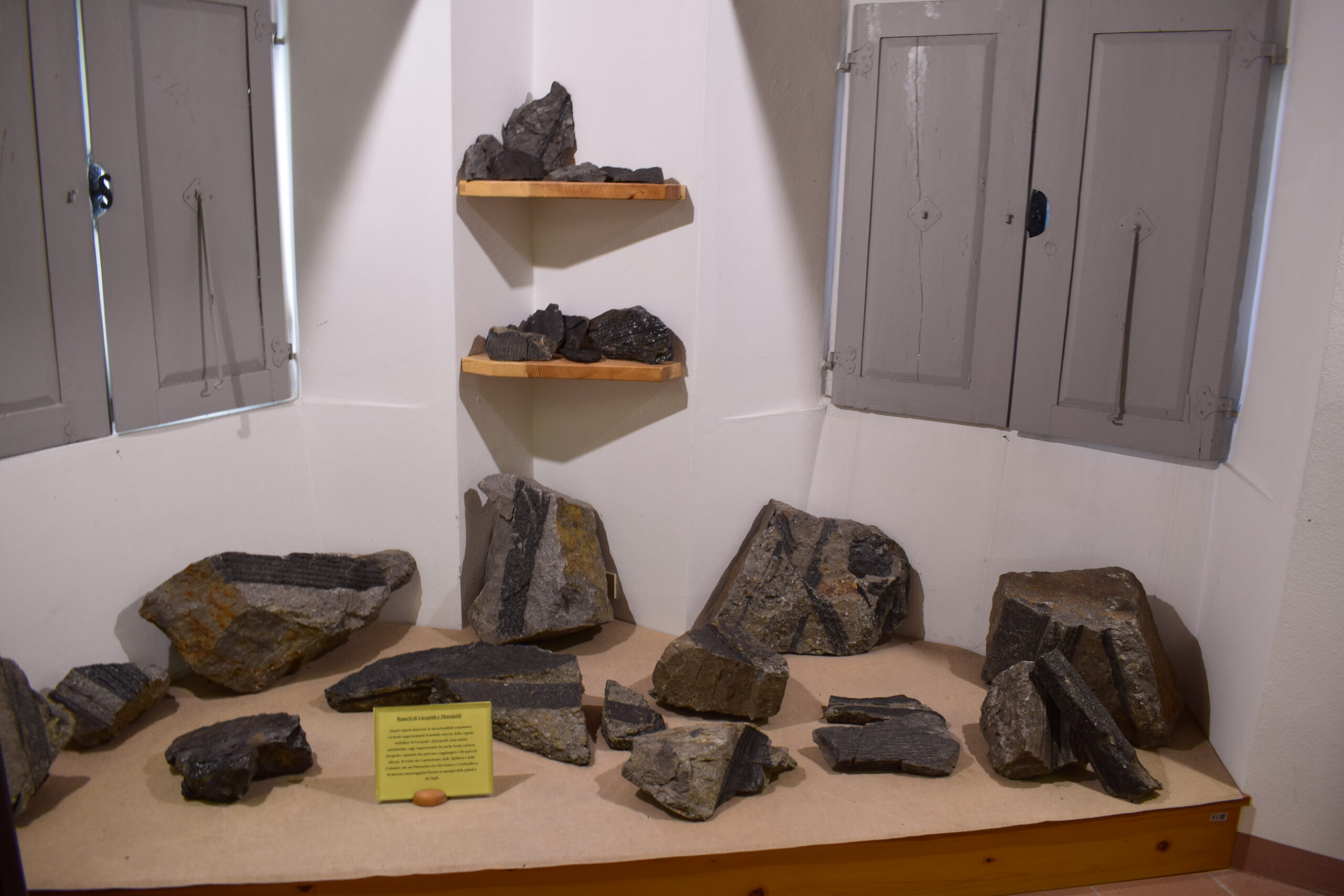
In recent years, interest in this heritage has been rediscovered thanks to the Research and cataloguing work conducted by Attilio Selva.
Hundreds of new fossil finds are now preserved and displayed at the Val Sanagra Ethnographic Natural History Museum, housed in the Town Hall building of Villa Camozzi in Grandola ed Uniti.
In the museum collections
Fossils
No results available
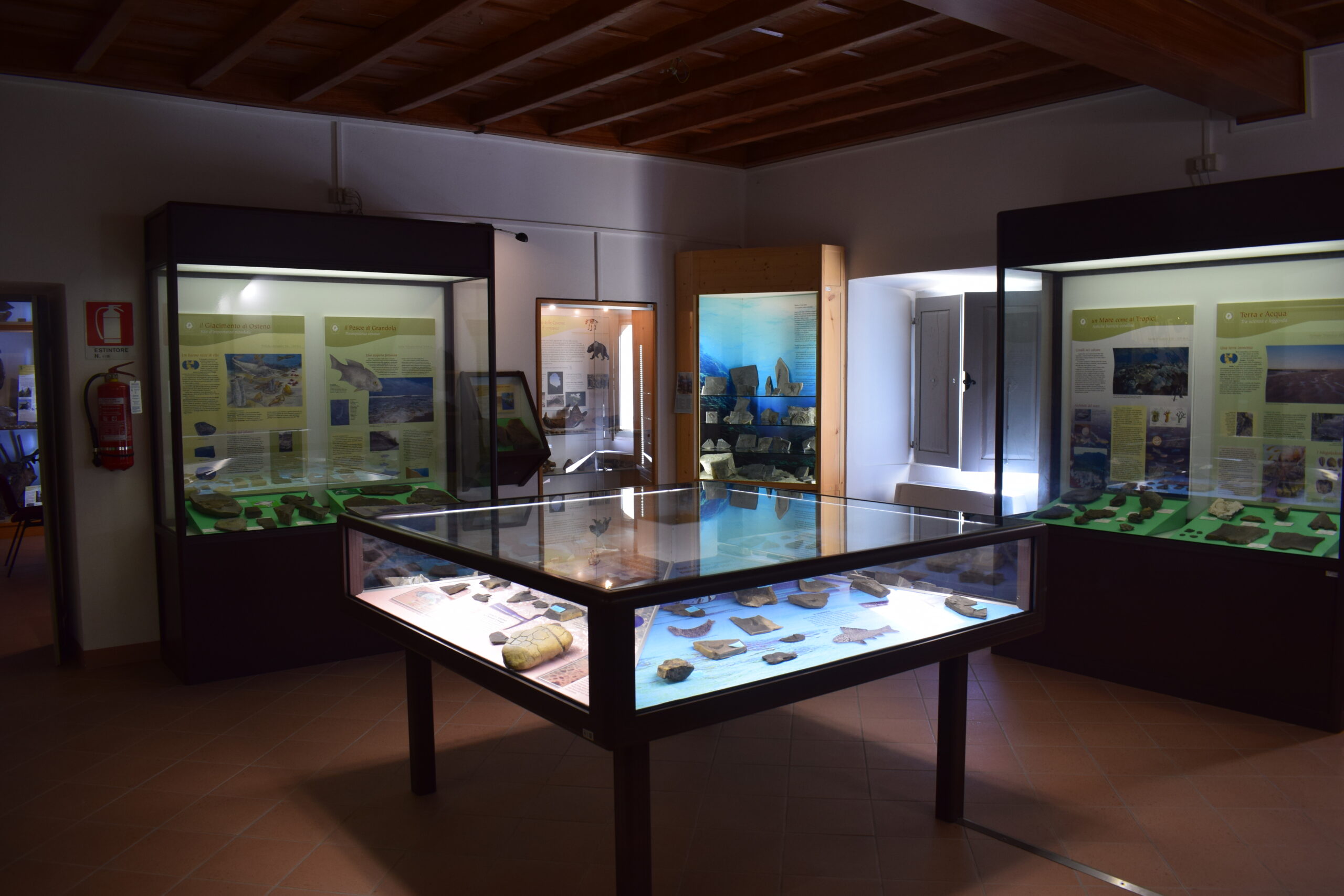
Discover the Paleontology Room at the Val Sanagra Museum
Plant fossils unique to Lombardy, dating back 310 million years, from the Gariasca Valley.
Ancient forests and sea creatures tell the deep story of our territory.
